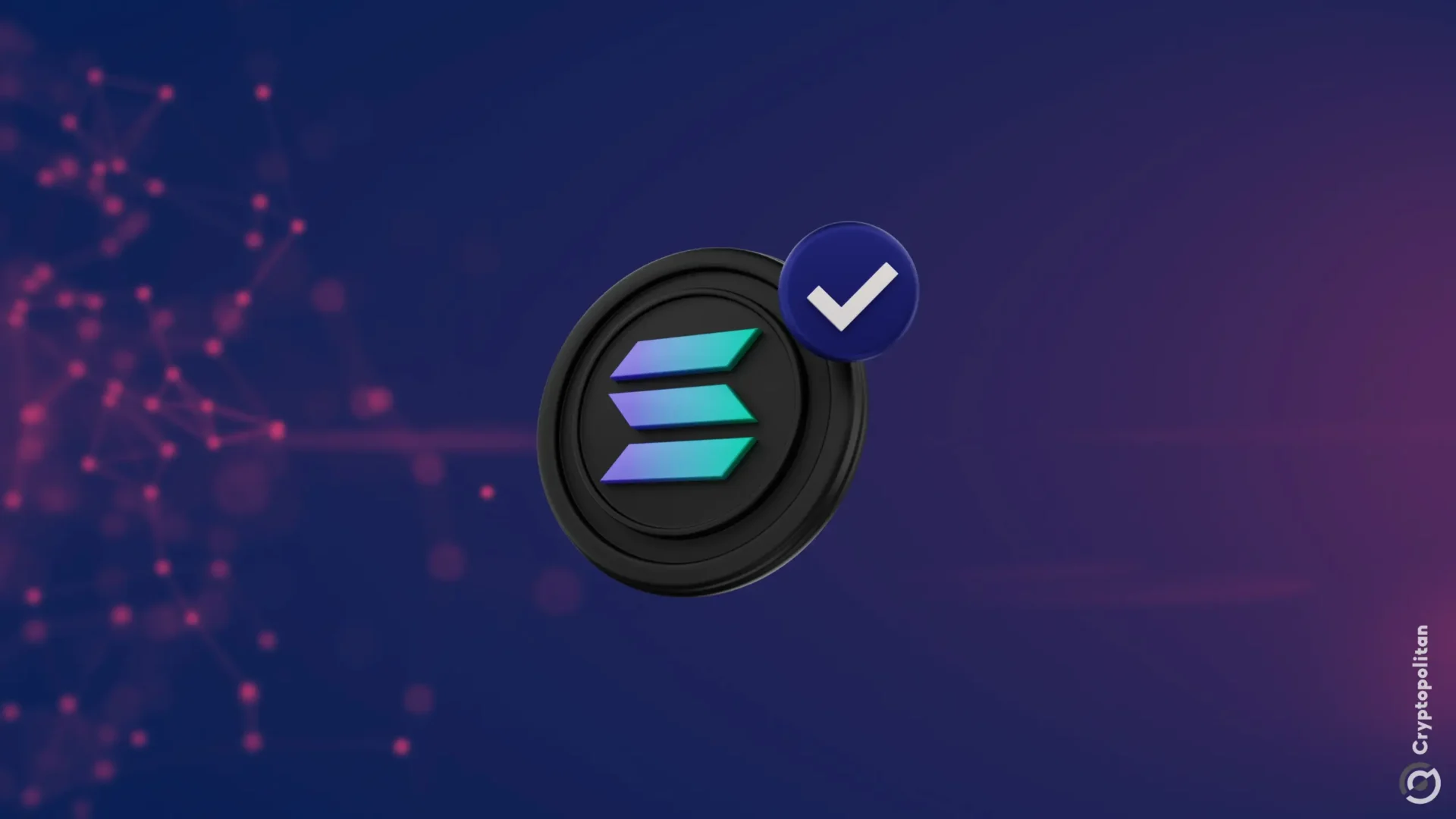A well-known Solana whale unstaked SOL again and moved the funds to Binance. Previously, the same wallet added to the selling pressure on SOL during the July correction.
A SOL whale removed some of their tokens from staking and moved them to Binance. The transaction of 200K SOL, valued at $29.8M, ended up as a Binance deposit. The funds were accumulated in the past three days. The whale account was created in August 2023 and remained mostly inactive. A batch of transactions happened in June and July, then again at the end of September.
The whale’s signature move is to withdraw around 100K SOL minus fees, then transfer the funds to Binance. The wallet only contains and transfers SOL, as a relay address for storing the unstaked tokens. There are only 217 SOL wallets of this size that are engaged in Solana staking. This caliber of whales hold around 13% of staked SOL.
Previously, the same whale unstaked $178M worth of SOL in July, adding pressure to the price crash from $170 to $129. The whale has a remaining stake of 299,994.07 SOL, which are delegated with Block Logic +MEV +Triton, one of the leading validators.
The whale is just one of the rare 4,826 users with more than 10K SOL. Nearly 70% of SOL is staked, and the remaining free tokens often have an outsized influence on the ecosystem. The presence of validators means most SOL is consolidated in those large wallets.
Solana unstaking is often viewed as a bearish sign, especially when happening at large volumes. During the 2022 market crash, mass unstaking was one of the reasons for the SOL price slide. Staking can shift dramatically even within one epoch. Lately, Solana staking has moved on from the turbulence of 2022, as confidence increased and more staking options became available.
Block Logic loses support from its mid-range whale
The validator is located in Amsterdam city, using a local data center. Stakers earn 7.1% APY minus 2% commission. Total SOL staked is 1,449,366, valued at $217M. The recent whale withdrawal took away a significant part of the validator’s stake, potentially reflecting on both security and rewards. A bigger whale with more than 1.2M SOL is the core of the validator’s reserves, and for now this whale is not divesting.
The biggest single-user stake on Solana is at 4,039,996 SOL, while the median small-scale staker has deposited less than 2 SOL. Lately, SOL staking is showing net inflows, often surpassing the outflows from each staking epoch.
The recent withdrawal leaves several smaller stakers with 5K to 10K SOL to support Block Logic, in addition to the leading whale wallet. The validator also has more than 1,300 wallets with under 5 SOL in staking.
SOL staking is one of the factors that support the market price. Both classic and liquid staking serve to mitigate the SOL inflation, which is around 5% on average. SOL staking also brings passive income that mitigates the inflation from unlocks and block rewards.
SOL remains range-bound, currently trading at $149.70. Trading volumes are still near peak levels, easily surpassing $2B in 24-hours. At this level, open interest trends are flat, with no unusual piling up of long or short positions. Long positions dominate with 70% to 30% short. Nearly $1B in open interest is concentrated on the Binance derivative markets.
Meme tokens still going strong in September
Meme tokens are still the main drivers of Solana activity, picking up again in September. The Solana network still derives the bulk of its transactions from Pump.fun activity.
Active daily users on Solana peaked in the middle of September at 3.9M, then took a downturn to the current level of 3.2M. Alternatively, research by Artemis pinned the daily active users at 5.5M, now down to 3.4M.
The network, however, is trying to flip Ethereum based on activity. The end goal is for SOL to become a utility token and move to four-digit valuations and 50% of Ethereum’s market capitalization.
Solana now carries two meme tokens with valuations above $1B, DogWifHat (WIF) and Bonk (BONK). Popcat (POPCAT) is one more rally away from achieving the $1B valuation.
Cryptopolitan reporting by Hristina Vasileva





